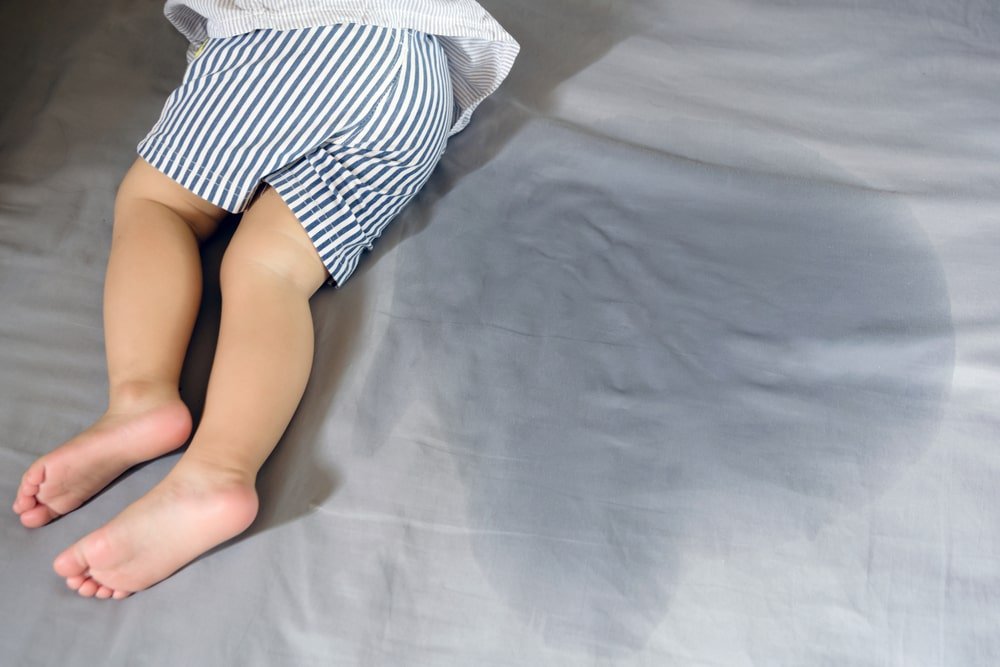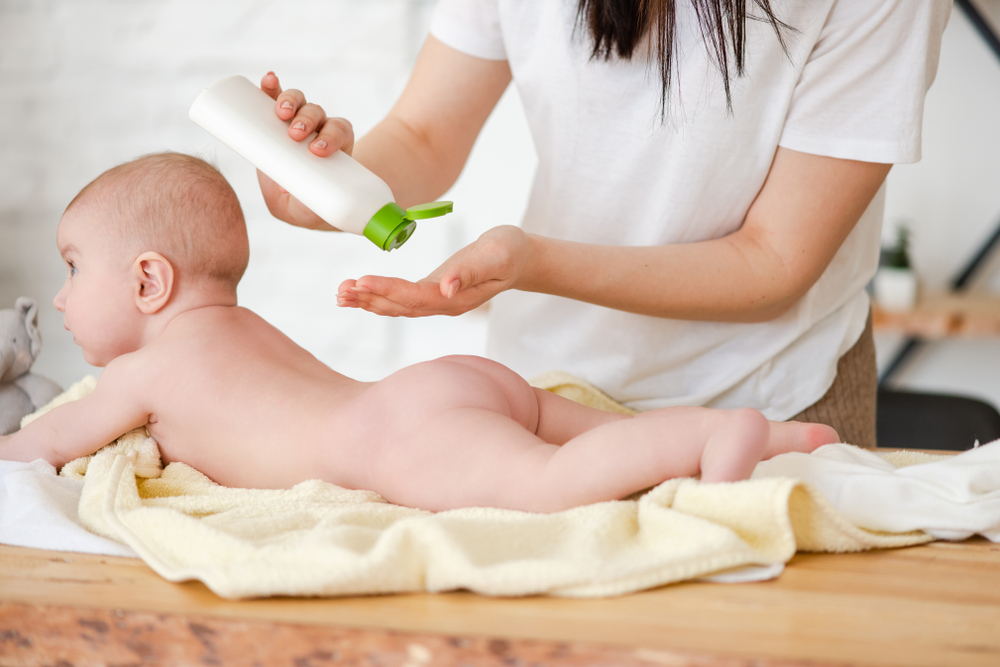Naps
Nap Time: what you need to know

Babies and toddlers need daytime sleep to re-energize and sustain themselves until bedtime. Children are learning and discovering new things almost every minute of the day, making for a pretty overwhelming experience! Their brains and bodies need midday rest to recharge and recoup. And let’s be honest—mom could use a moment of quiet, too. In general, well-rested children learn better and are happier kids. And naps will actually help your toddlers and bigger kids get better nighttime sleep. It’s a myth that limiting daytime naps makes for longer and more peaceful nighttime sleep. In fact, keeping your kids up all day and completely tiring them out will usually backfire on you. Regardless of his or her age, if you put an overly exhausted child to bed, you are welcoming early morning risers and possibly a night filled with toddler-sized surprises. Sleep begets sleep begets sleep!
Here are some tips and guidelines for daily nap times:
-
Before 4 months old.
infants don’t have consistent naps. All you can do to ensure healthy sleep habits is to observe your babe’s hours awake. Make sure you don’t purposefully keep baby awake, and look for sleepy cues. Generally, the rule is not to keep baby awake more than 1.5 hours. But watch for your baby’s individual cues. Infants handle sleep differently from one another, and some can’t stay awake for more than an hour at a time. Sweet little bundles. Enjoy the time to catch up on your own needed rest, light housework, or bonding with your older children.
-
Between 4-6 months old.
Your baby will start to have a more consistent schedule and the beginnings of organized sleep. Continue to observe sleepy signs to avoid starting a nap too late. Babies sometimes stir and wake at night, even without calling for mama. If he or she has had a disrupted night, sleepy signs might show throughout the day way before you expected them. Take your cues from babe.
-
Around 6 months old.
Babies often take 3 naps a day and can stay awake for 2 hours at a time. Some babies take three 1-hour naps, while others take two long naps and a third cat nap. According to our biological rhythm, ideal naps at this age occur between 9 to 10 in the morning, and 12 to 2 in the early afternoon. If a third cat nap is desired, the time of day isn’t important; this nap is less restorative in nature and more about baby just trying to make it until bedtime.
-
Babies stop taking that extra cat nap around 9-10 months old.
At this point, they are taking two long naps and can stay awake for almost 3.5 hours after their second nap. If you feel your baby is tired and sleepy at any point before bedtime—and it’s too late for an extra nap—go for an early bedtime so you don’t risk having an overly-tired baby. -
Nap transitions are difficult for most Parents.
If done prematurely, you can disrupt the cycle of sleep and cause unnecessary night wakings. Many moms transition their babes to one nap at 12 months old. However, most toddlers can’t stay awake for more than 5 hours (until 18 months old). Once you decide to transition to one nap, make sure you observe signs of sleepiness and stick to a relatively early bedtime until your toddler and can stay up longer. -
Some toddlers drop their nap at 2 years old, but it is encouraged to keep pushing for it until 4 years old.
While it can difficult to get your active child in bed mid-day, you might have an exceptionally cranky tot on your hands by 5 o’clock. If your toddler goes to preschool or kindergarten, make sure you put him or her to bed directly after (or in some cases before) lunch. If and when you decide to drop this nap, put your little one to bed as early as 6 o’clock. You want to give the body time to adjust to napless days, and to ensure your child is still getting the same total number of sleeping hours as before the nap was dropped. -
When your toddler or child stops napping.
It is best to have scheduled down time at some point during the day to help him or her unwind and re-energize.
Hopefully these thoughts will provide maximum rest and energy for your little tyke, as well as giving mom time to fold that massive pile of laundry on the bed. Happy napping!














